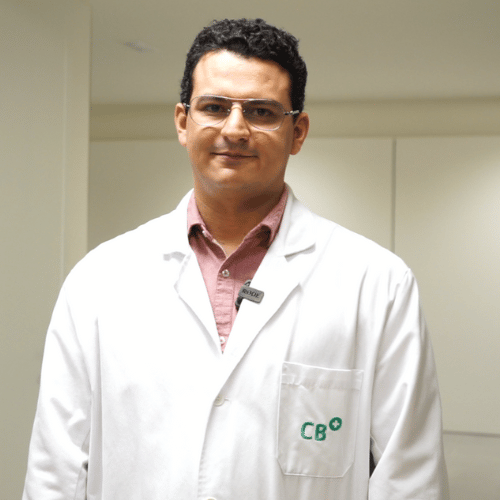- At CreuBlanca we apply the most innovative and minimally invasive techniques for the effective treatment of bunions or Hallux Valgus, among other foot and ankle pathologies, achieving great aesthetic results and rapid recovery.
Galindons or hallux valgus are the most common deformity of the foot and affect around 20% of the Spanish adult population, especially women between 30 and 40 years old, according to the Spanish Society of Medicine and Surgery of the Foot and Ankle. Dr. Gustavo Lucar, specialist at the CreuBlanca Traumatology and Orthopedic Surgery Unit, explains what gallindons are, why they appear and how they are treated.
What are bunions?
Bunions or hallux valgus are the most common foot deformity and affect around 20% of the Spanish adult population, especially women between the ages of 30 and 40, according to the Spanish Society of Foot and Ankle Medicine and Surgery. The lateral deviation of the big toe or first toe towards the rest of the fingers is called a bunion. This causes the bone of the first metatarsal to bulge out, producing a bulge on the outer edge.
The lateral deviation of the big toe or first toe towards the rest of the fingers is called a bunion. This causes the bone of the first metatarsal to bulge out, producing a bulge on the outer edge.
Why do bunions occur?
Bunions or hallux valgus have a multi-causal origin, that is, multiple factors are involved in their development. One of them is associated with the type of footwear. For example, people who wear shoes with excessive heels, very narrow or tight shoes are more prone to developing this pathology.
Genetics, having flat feet, congenital foot deformities, suffering from a muscle imbalance or certain diseases such as arthritis also influence the development of bunions.
What symptoms do bunions produce?
When the big toe leans in the direction of the other fingers, it causes a series of discomforts, such as the first toe riding on the second toe.
Other typical symptoms of bunions are inflammation around the big toe, continuous or intermittent pain, the appearance of calluses and limited movement of the fingers and great difficulties in walking or using depending on which footwear.
What tests are done to diagnose bunions?
The diagnosis of hallux valgus is made through a clinical examination, generally by a foot and ankle specialist traumatologist. The doctor explores the affected area and decides what complementary tests are necessary to obtain a more accurate diagnosis and assess what type of treatment is the most appropriate.
Plain radiography, load CT or gait study are some of the most frequent diagnostic tests to refine the diagnosis of bunions.
How are they treated, and when is it necessary to have bunion surgery?
If bunions are painful and prevent normal use of footwear, specialists recommend operating them. On the contrary, if the ailment does not imply great difficulty in putting on shoes or moving, it is advisable not to operate on them. In any case, the specialist is the one who must decide which therapeutic option is the most appropriate for each patient.
At CreuBlanca we have a team of traumatologists highly specialized in foot and ankle pathology, who apply a minimally invasive or percutaneous technique to treat bunions, achieving great aesthetic results and rapid recovery.

